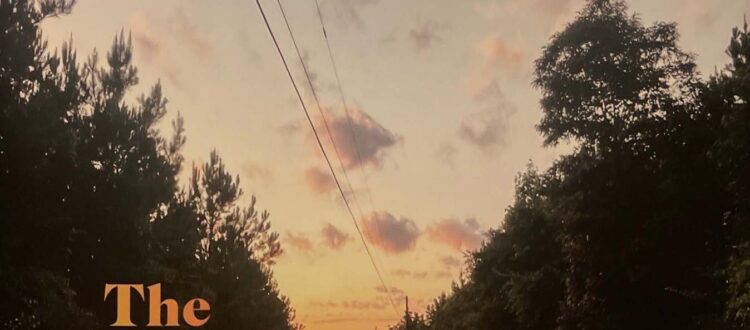Hale County was featured prominently in the current issue of Mosaic, the magazine of the Alabama Humanities Alliance. The issue was titled “The Rural Issue” and included a feature story from writer and Hale County native, April Dobbins, who is set to release the documentary Alabamaland soon. The documentary will focus on three generations of women reflecting on the importance and legacy of the Jones family farm—where the land occupied by the Jones family for generations was once worked by their enslaved ancestors.
Dobbins’ feature, titled “More Than ‘What is Left’”, was Dobbins own reflection on her rural upbringing. “I spent much of my childhood hung up on where I lived, or rather, trying to explain to others where I resided,” Dobbins wrote. Talking about the “inconveniences” of rural life, Dobbins makes the point that rural life also informed her artistic journey. “Alabama made me a patient person, and that translates to my work as an artist.”
In one section, Dobbins recounts an experience she had on a nature walk in Africa and connecting with her Namibian guide over country living. Comparing and contrasting the local ecosystems of both Alabama and the Namib Desert, Dobbins said, “Instantly, we started speaking a common language, one of people who were raised on the land.”
Popular perceptions of the Deep South were also a factor in Dobbins’ creative trajectory, writing “My artistic journey has demanded that I shake the shame of growing up in the backwoods.” Though Dobbins does conclude, “It’s a difficult thing to be an artist in spaces that thrive on conformity, familiarity, and insularity.”
Through her travels around the world, Dobbins has grown to appreciate her home in Alabama more and more. She cites the photographic works of fellow Hale County native, William Christenberry, as a catalyst for reevaluating her own perceptions of rural Alabama. “It was Christenberry who helped me see that I didn’t grow up ‘nowhere’ as I had always imagined,” wrote Dobbins.
When talking about rural areas, these localities are defined by what does not fall into an urban area, or what is left. This definition inspired the title of Dobbins feature story. Dobbins talks of her own evolving definitions of what is behind this rural definition. Though, she does mention the importance of media surrounding the Deep South, and the importance of supporting creatives from those places, “Investing in local artists and writers is the way to counter false and harmful narratives.”
Upon concluding, Dobbins writes that she is finishing the edits on the Alabamaland documentary while in her apartment in Reykjavik, Iceland, a new home that helps her reflect on her rural origins. As she closes, Dobbins reflects on what it means to be an artist and the unexpected connections artists make, “It is a sort of gathering, and it’s this connective work that makes me who I am.”
Throughout the feature story, pictures of the Jones family on their farm through the years are featured, including a childhood picture of Dobbins, herself. Other artists featured were documentarian RaMell Ross’s DeAndrea Nichols from his 2011 project, Live Feed. Ross directed the Oscar-nominated documentary, Hale County: This Morning, This Evening, released in 2018. On the back cover of the magazine, a painting by Greensboro folk artist, Jessie Lavon, was also featured. The painting, titled Market Day, depicts farmers displaying their crop yields in front of a large Coca-Cola sign.






